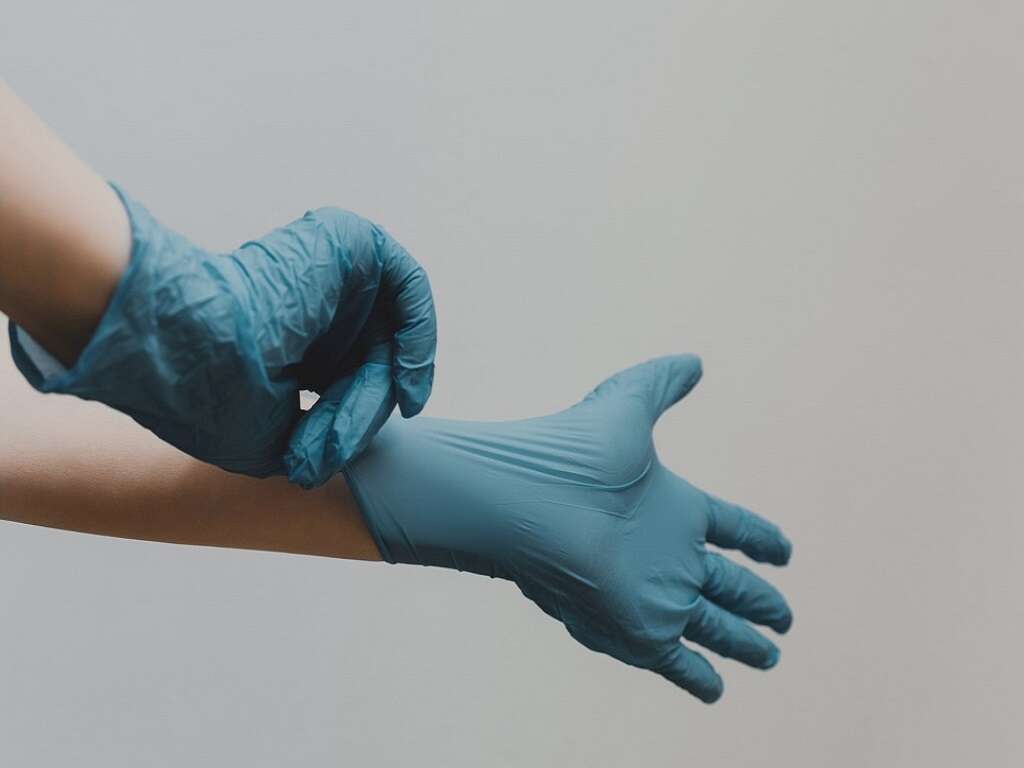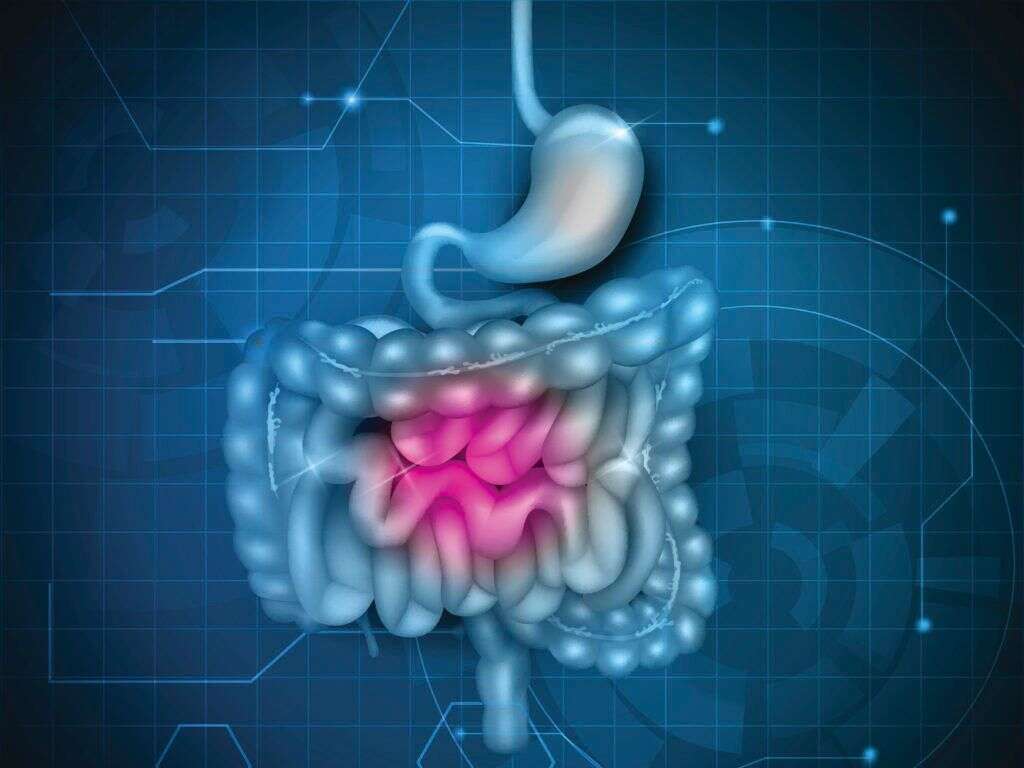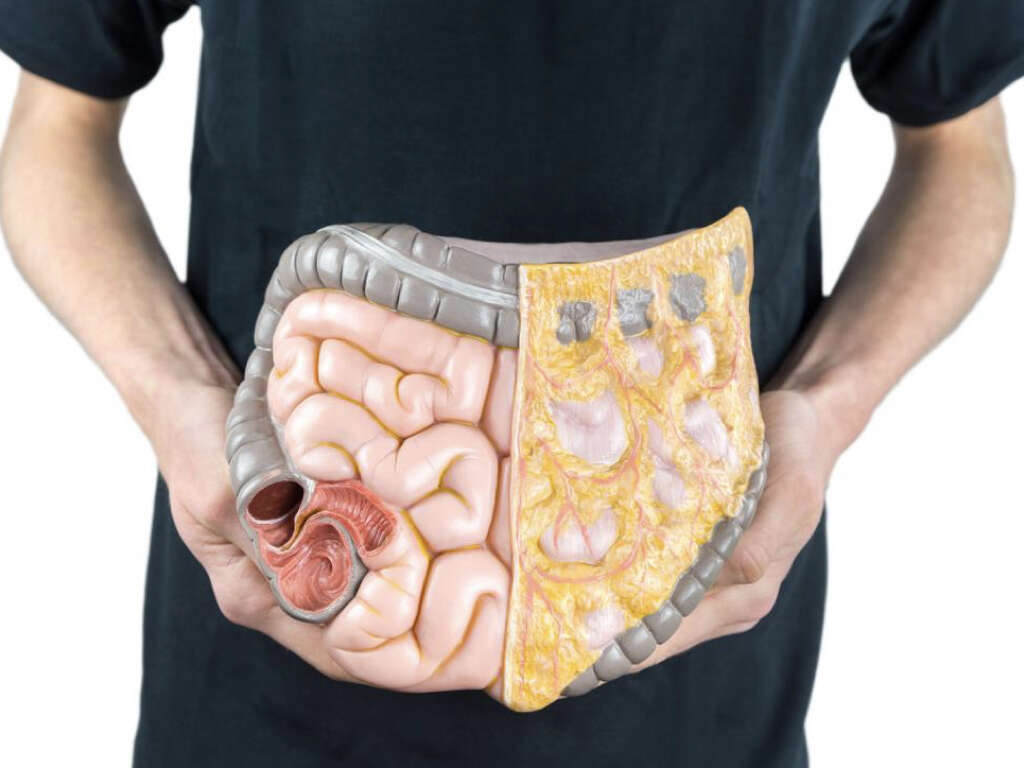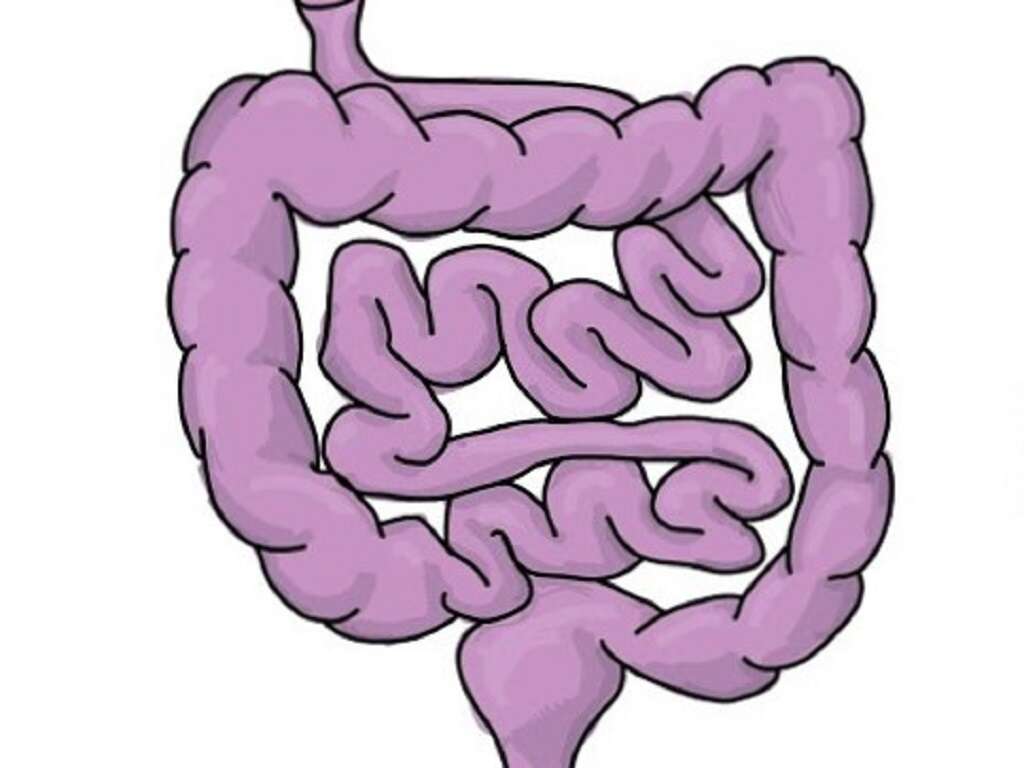Small Intestine Function Overview
 Article Sources
Article Sources
- 1. ’The Structure and Function of the Digestive System.’ Cleveland Clinic, www. my.clevelandclinic.org/health/articles/7041-the-structure-and-function-of-the-digestive-system
- 2. Collins J; Nguyen A; Badireddy M. ‘Anatomy, Abdomen and Pelvis, Small Intestine.’ National Institutes of Health, www.pubmed.ncbi.nlm.nih.gov/29083773
- 3. ’Krause W. Brunner’s glands: a structural, histochemical and pathological profile.’ National Library of Medicine, www.pubmed.ncbi.nlm.nih.gov/11148980
- 4. ’Your Digestive System and How it Works.’ National Institute of Diabetes and Digestive and Kidney Diseases, www.niddk.nih.gov/health-information/digestive-diseases/digestive-system-how-it-works
- 5. ’Easton J. ‘Specific bacteria in the small intestine are crucial for fat absorption.’ The University of Chicago, uchicagomedicine.org/forefront/gastrointestinal-articles/specific-bacteria-in-the-small-intestine-are-crucial-for-fat-absorption
- 6. ’Small intestinal bacterial overgrowth.’ Mayo Clinic, www.mayoclinic.org/diseases-conditions/small-intestinal-bacterial-overgrowth/symptoms-causes/syc-20370168
Small Intestine Malfunction
The list of small intestine malfunctions and diseases is long. It can include celiac or Crohn's disease, which result in GI distress in the form of nausea, bloating, frequent diarrhea and pain. Intestinal cancer can arise in the small intestine, requiring surgery to remove all or part of the small bowel.
Infections from overgrown bacteria or unhealed ulcers create pain, and conditions, such as irritable bowel syndrome, can cause alternating diarrhea and constipation. This can be managed through surgery, antibiotics or anti-inflammatory medications.4’Your Digestive System and How it Works.’ National Institute of Diabetes and Digestive and Kidney Diseases, www.niddk.nih.gov/health-information/digestive-diseases/digestive-system-how-it-works
Advertisement










